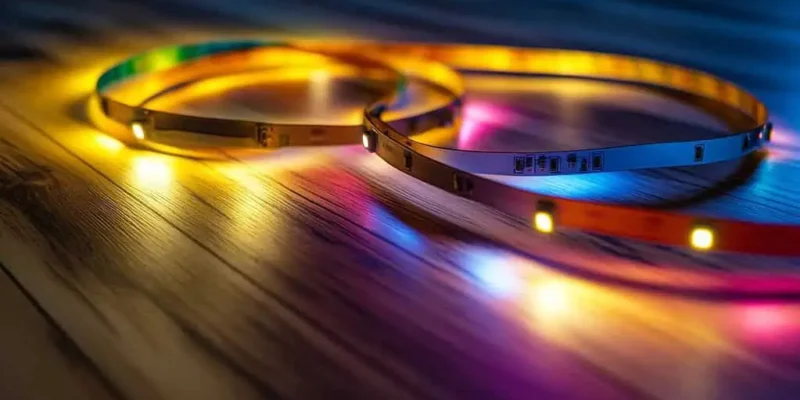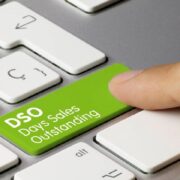Lighting technology has rapidly evolved in the last decade, and LEDs now dominate everything from commercial signage to architectural accents. But with so many manufacturers and products on the market, knowing where to source your lighting solutions whether strips or modules can be tricky. The difference between a reliable product and one that burns out too soon often comes down to who made it, how it was tested, and what it was built for.
This article covers the key things you should know before working with an LED strip lights factory or comparing LED module suppliers so you can avoid poor performance, project delays, and unnecessary replacements.
Understanding LED Manufacturing at the Source
If you’ve ever worked with a subpar LED product, you already know that not all factories are equal. Sourcing your strips or modules from a verified manufacturer gives you access to more consistent quality, better pricing for bulk orders, and direct customization.
A well-established factory typically maintains strict internal quality control, something that’s hard to guarantee when working through layers of distributors or unknown third parties. Look for signs that the factory uses international certifications like ISO 9001, RoHS, and CE compliance. These aren’t just badges; they reflect serious testing, material safety, and product consistency.
Beyond certifications, an experienced manufacturer should also provide insight into the types of LEDs they offer: voltage range, chip types (SMD vs COB), CRI ratings, and more. These details directly impact the brightness, lifespan, and application of your lights.
Exploring the Range: Strips vs. Modules
Strips and modules both use LED technology, but they serve different purposes and require different sourcing considerations. LED strip lights are versatile and often used for indirect lighting, display shelves, or linear designs. They’re typically flexible, come in long rolls, and are easy to install.
When it comes to led module suppliers, it’s important to evaluate both product quality and range. These modules are commonly used for backlit signs, channel letters, or architectural effects where targeted brightness and waterproofing are essential. Reputable suppliers offer technical specifications such as lumen output, beam angles, and IP ratings critical for long-term performance in outdoor or industrial environments.
Evaluating the Right Factory Partner
Regardless of whether you’re sourcing strips or modules, there are universal things to evaluate before committing to a supplier.
Start by asking about testing protocols: Are the lights batch-tested before shipping? What’s the defect rate? A supplier who’s confident in their process will be transparent about this.
Also, look at production lead times and communication. A good partner will provide samples, detailed specifications, and respond quickly to technical questions.
Customization is another area where factories can stand out. Can they adjust the PCB layout, modify voltage requirements, or apply specific waterproof coatings? If you’re working on a large installation or niche project, these options matter.
One sign of reliability is the ability to visit or inspect a led strip lights factory or at least review third-party audit reports. Understanding where and how your products are made builds confidence, especially when ordering at scale.
Certifications & Testing: What to Look For
You don’t need to be a lighting engineer to spot quality indicators. Certifications can tell you a lot.
- CE Marking: Ensures conformity with European health and safety standards
- RoHS Compliance: Confirms that the product avoids hazardous materials
- ISO 9001: Reflects a structured approach to quality control and management
Thermal management is another essential aspect. LEDs that lack proper heat dissipation degrade quickly, even if they perform well initially. Look for modules and strips that use aluminum backing or thicker PCBs especially in high-power applications.
Don’t forget waterproof ratings, especially for exterior use. IP65 to IP68 ratings are typically sufficient for resisting moisture, dust, and exposure to weather.
What’s Next for LED Technology?
As demand increases, manufacturers are pushing boundaries in brightness, efficiency, and sustainability. High-CRI LEDs are now more accessible and offer better color accuracy ideal for retail and hospitality settings.
Another trend is smart integration. Newer LED systems support app controls, dimming options, and syncing with smart home platforms. While not essential for every project, these features are becoming standard in commercial and architectural setups.
Environmentally, suppliers are also shifting toward recyclable materials, longer lifespans, and lower power consumption helping businesses reduce energy bills and environmental impact.
Conclusion
Whether you’re choosing a led strip lights factory for a creative installation or comparing led module suppliers for a branding project, your decisions should go beyond price and availability.
Understanding specs, asking the right questions, and choosing verified partners can mean the difference between a one-time fix and a long-term solution. Lighting isn’t just about brightness it’s about trust, consistency, and performance. With a bit of upfront research, you’ll be better equipped to make choices that support your goals and last longer in the field.













Comments